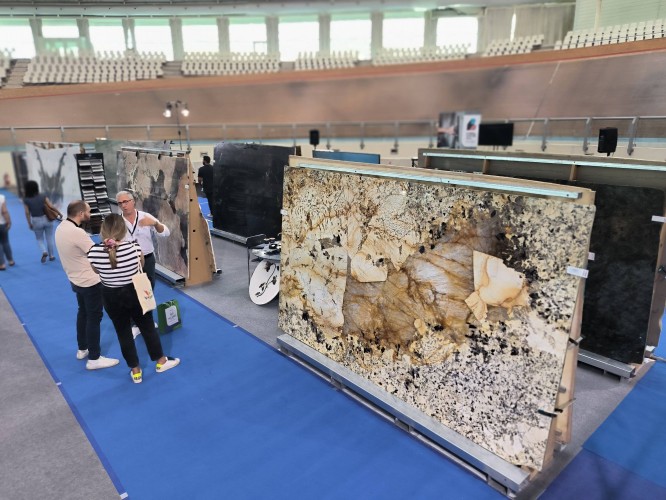Λουκάς Σαμαράς: Καθρέφτες, Καρφιά και πολλές Polaroids
DS.WRITER:
Sophia Throuvala
Πηγή Κεντρικής Εικόνας: walkerart.org
Ο Λουκάς Σαμαράς είναι μια ιδιαίτερη περίπτωση καλλιτέχνη. Όπως αναφέρει ο ίδιος στις “αυτοσυνεντεύξεις” του, αν έπρεπε να χαρακτηριστεί κάπως, θα ήταν “γλυπτης”. Ωστόσο, οι πρακτικές του ξεφεύγουν από κάθε περιοριστικό ορισμό. Από τη ζωγραφική στη γλυπτική και από τη γλυπτική στις πολαρόιντ, τις βίντεο περφόρμανς και τις εγκαταστάσεις, ο Ελληνοαμερικανός καλλιτέχνης φτιάχνει ένα δικό του σύμπαν στο οποίο μπορεί να πειραματιστεί με κάθε μέσο, και το αποτέλεσμα να είναι -ανεξαρτήτως υλικών- συνεκτικό κυρίως ως προς τη θεματολογία, την οποία αναπαράγει και μορφοποιεί με τέτοιον τρόπο ώστε να προκαλέσει και να προβληματίσει.
Από το αλουμινόχαρτο στα έπιπλα και τις μνημειακές εγκαταστάσεις και τα μαχαιροπίρουνα, έως τον καθρέφτη, τα καρφιά, τις κηλίδες μπογιάς και το πολύχρωμο μάλλινο νήμα, αυτά είναι μερικά από τα υλικά που θεωρούνται χαρακτηριστικά της συνολικής δουλειάς του ήδη από τη δεκαετία του ‘50. Η διαδικασία επανάχρησης υλικών και αντικειμένων ξεκινάει το 1969 με τις “μεταμορφώσεις καρεκλών” (chair Transformation), σειρά στην οποία εμφανίζεται η φρασεολογία του και η ελαφριά ειρωνεία του η οποία θα τον καθορίσει. Τα έπιπλα-γλυπτά του μεταμορφώνονται ποικιλοτρόπως, ενώ επίσης αποκτούν και διαφορετικές διαστάσεις, πχ στοιβαγμένες καρέκλες με τίτλο “γλυπτό #22”, που φτάνει τα 2,4 μέτρα.
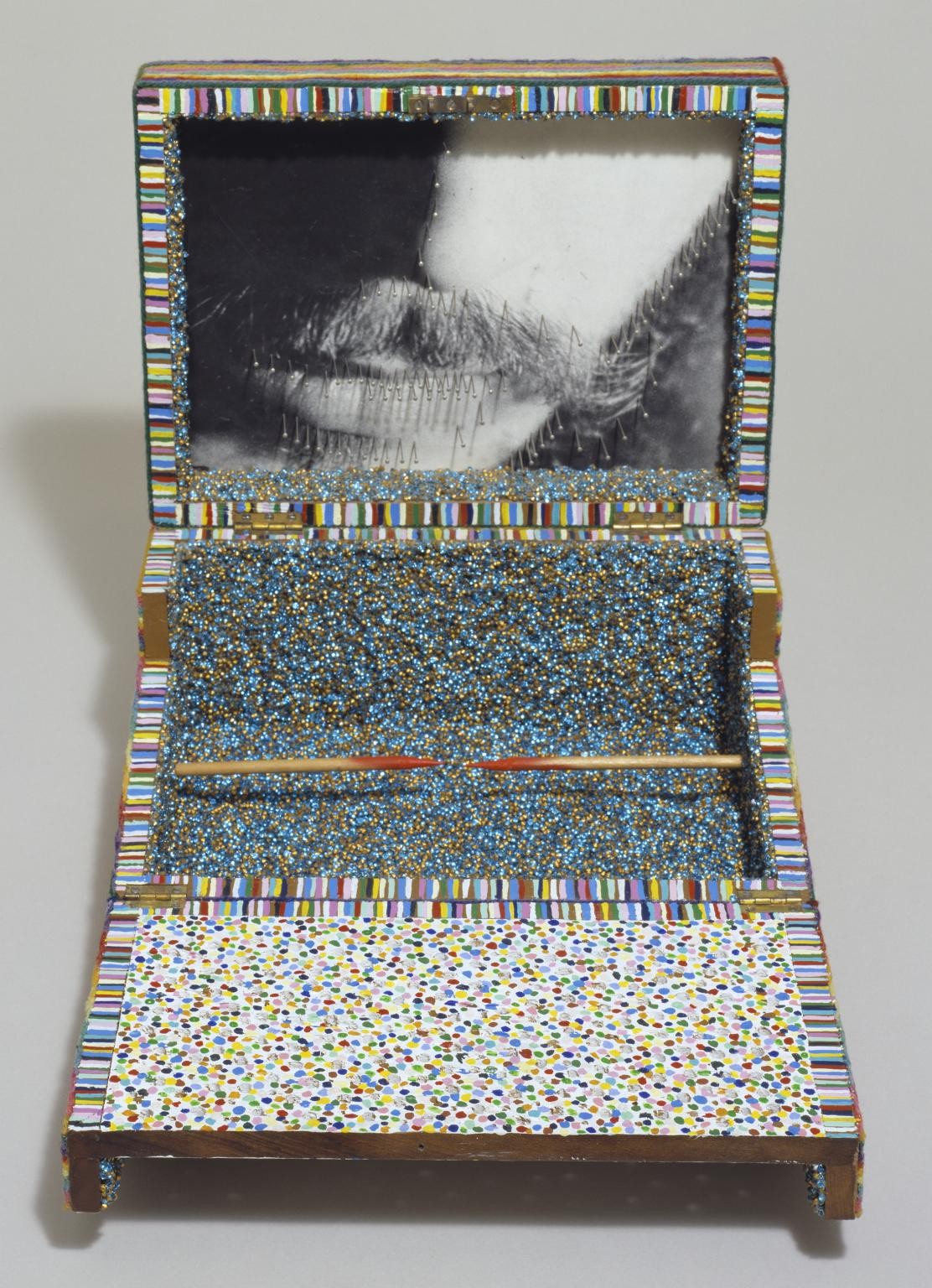
Πηγή Εικόνας: tate.org.uk
Η εμμονή του Σαμαρά με τον “εαυτό”, με την παρουσία και το βίωμα του ίδιου στον χώρο, στην τέχνη, στη ζωή και στην εμπειρία τού να δομείς και να αποδομείς ένα μέσο και μια σκέψη, είναι θα λέγαμε η βασική θεματολογία του. Μέσα από την αποτύπωση και μεταμόρφωση του εαυτού του, ή τη μεταμόρφωση αντικειμένων από τον εαυτό τους σε κάτι άλλο, περνά από την εκάστοτε εγκλωβιστική ταυτότητα στην ανοιχτή σε ερμηνείες απόλαυση του “γίγνεσθαι”. Όπως ο ίδιος δηλώνει στις αυτοσυνεντεύξεις του, “μου αρέσουν οι αυτοαναφορές”. Μια φράση που επιβεβαιώνεται από όλο του το έργο. Μέσα από την ατομική αναφορά προσεγγίζει το συλλογικό.
Το 1968 ο Σαμαράς κατασκευάζει το πρώτο του εμβληματικό δωμάτιο με καθρέφτες. Όπως θα πει, τότε είναι που “ένιωσα αμέσως επαγγελματίας καλλιτέχνης”. Το δωμάτιο αυτό θα ακολουθήσουν πολλά επόμενα και θα αποτελέσουν τα Magnum opus του. Μεγάλοι χώροι, που θα μπορούσαν να χαρακτηριστούν ως ψυχαναλυτική δράση σε μινιμαλιστική φόρμα. Πρόκειται για ξύλινες κατά βάση κατασκευές μεγάλων μεγεθών, που μπορούν να φιλοξενήσουν ένα ανθρώπινο σώμα (πχ το mirrored room #2 ήταν 2,40 x 3,04 x 2,43) και είναι επενδεδυμένες εξ ολοκλήρου με καθρέπτες. Εντός των χώρων εντάσσει και έπιπλα, όπως τραπέζια και καρέκλες, επίσης καλυμμένα με καθρέπτη.
.jpg)
Πηγή Εικόνας: mutualart.com
Το πανέξυπνο μοτίβο του καθρέφτη σε μια εγκατάσταση που προσομοιάζει σε οίκημα, καθιστά την τομή στη δουλειά του Σαμαρά, ο οποίος από την αυτοψυχανάλυση περνά στη δημιουργία χώρων στους οποίους ο εκάστοτε θεατής μπορεί να βιώσει τον δικό του εαυτό άμεσα. Η μορφολογία του “καθιστικού” δεν είναι τυχαία. Ο καλλιτέχνης θέλει να τονίσει πως ακόμα και στις πιο βασικές χρήσεις του σπιτιού, ακόμα και στις πιο “ασήμαντές” μας στιγμές, είμαστε με τον εαυτό μας.
Παρόλο που ο Σαμαράς δηλώνει γλύπτης, είναι γνωστός κυρίως για τις πόλαροιντ που ξεκίνησε το ‘72. Το παιχνίδι με το μέσα και το έξω είναι αυτό που χαρακτηρίζει όλη τη δουλειά του. Η χρήση και η αχρηστία. Η σκέψη και η παρόρμηση, το σύμβολο και το κυριολεκτικό. Οι φωτογραφίες του αποτελούν ένα προπαρασκευαστικό στάδιο όλης της σκέψης και της δουλειάς του. Συνοδεύουν και επεξηγούν διακριτικά, σαν υπόμνημα σε χάρτη, τη μεταμόρφωση του ίδιου μέσα στα χρόνια. Στις εικόνες του δοκιμάζει όλα τα υλικά και όλες τις τεχνικές που θα εφαρμόσει αργότερα σε έργα που είναι ολοκληρωμένα και αυτόνομα, όπως τα δωμάτια με τους καθρέπτες. Οι πολαρόιντ είναι το βασικότερο ερευνητικό του εργαλείο, στο οποίο επιστρέφει συνεχώς.
.jpg)
Πηγή Εικόνας: i0.wp.com
Στην ταινία που σκηνοθετεί ο ίδιος και πρωταγωνιστεί, με τίτλο “self”, τον βλέπουμε να τρώει επιμελώς μια σειρά από φωτογραφίες συγγενών του. Μέσα από την αναμόχλευση του εαυτού και την ειρωνεία έως και γελοιοποίησή του, ο σπουδαίος Σαμαράς καταφέρνει να μιλήσει για το τραύμα και την κληρονομικότητά του, τη σχέση του με τη φροντίδα και το μεγάλωμα της κάθε γενιάς. Το έργο αυτό δείχνει πως, ξεκινώντας από κάτι, το προσωπικό φτάνει να ασχολείται με τις κοινωνικές διαστάσεις του εαυτού του, με άλλα λόγια με τη μη-ατομικότητα.
Στη σκέψη αυτή εντάσσονται και τα λεγόμενα “αυτοπορτρέτα” του, τα οποία δεν είναι οι πολαρόιντ του. Ο Σαμαράς παίζει το παιχνίδι της εμπιστοσύνης μεταξύ θεατή και καλλιτέχνη. Παρουσιάζει ακτινογραφίες του σώματός του, μιλώντας ταυτόχρονα για τον ενδότερο εαυτό αλλά και για την ομοιότητα μεταξύ ανθρώπων, και κατ’ επέκταση την προβληματική της ταυτότητας στο σήμερα. Πώς μπορεί κάποιος να ξέρει αν αυτό το αυτοπορτρέτο είναι όντως του καλλιτέχνη; Σημασία έχει η αλλαγή θέσης μεταξύ θεατή και εικαστικού. Όπως στην επίπλωση με τους καθρέπτες, έτσι και στις εγκαταστάσεις του, ο Σαμαράς καταφέρνει να φετιχοποιήσει όχι μόνο τον δικό του εαυτό αλλά και του άλλου. Όλη του η δουλειά αποτελεί μια πορεία προς το εμείς, αφού πρώτα ο καλλιτέχνης ασχολήθηκε με το εγώ του.
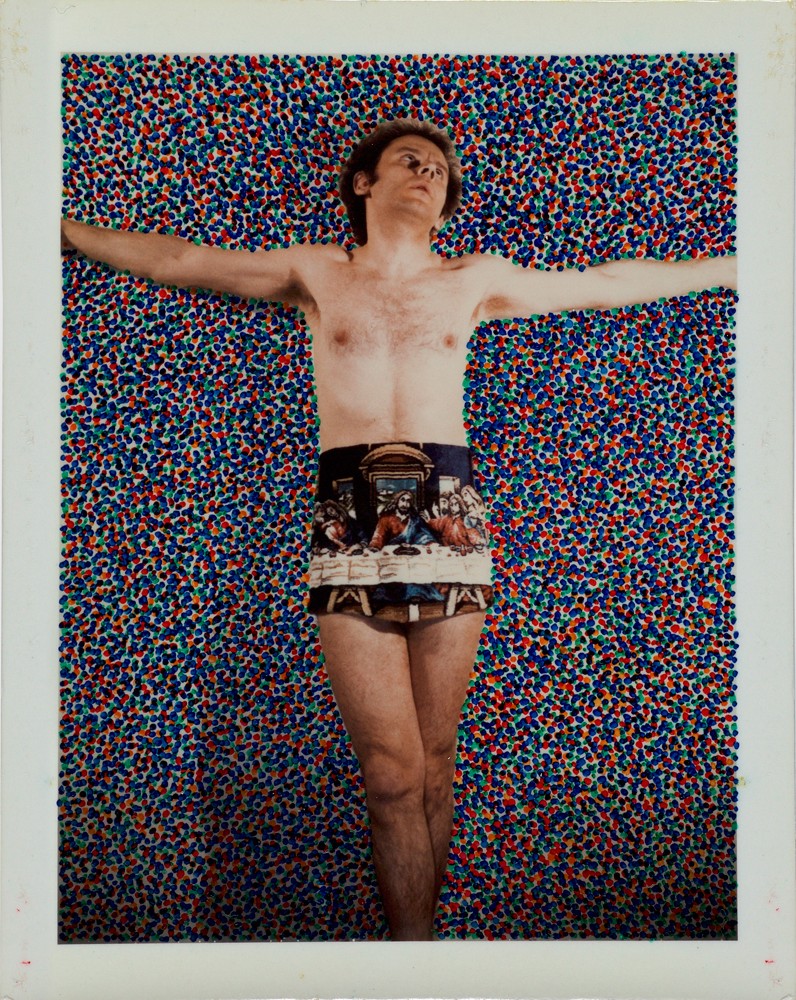
Πηγή Εικόνας: interviewmagazine.com
O Σαμαράς αποπειράται με εμμονή να φτιάξει γλυπτά, επαναχρησιμοποιώντας αντικείμενα και αναιρώντας τις ταυτότητές τους (πχ του τραπεζιού, της καρέκλας κλπ), ενώ παράλληλα τα αναγεννά ως διαφορετικές εκδοχές επίπλων που δεν είναι προς χρήση. Τα διάσημα κουτιά του, της δεκαετίας του ‘60, αποτελούν έναν από τους σημαντικότερους σταθμούς της καριέρας του. Μέσα από αυτά γίνεται η σύνδεση ομορφιάς και πόνου. Η επιμελήτρια και ιστορικός τέχνης Anne Rorimer, με αφορμή το Box #53, γράφει: «η ουσία της τέχνης του έγκειται στην ικανότητά του να παράγει συσχετισμούς, που συνδέονται με τη σωματική απόκριση που σχετίζεται ιδιαίτερα με τον πόνο ή την απώθηση μέσα σε ένα πλαίσιο ομορφιάς… Κύριο καλλιτεχνικό μέλημα του Σαμαρά είναι να μπερδεύεται η ομορφιά με τον πόνο, γιατί "δεν μπορώ να διαχωρίσω την ομορφιά από τον πόνο", υποστηρίζει» (Rorimer 1973, σ.3). Η παρακμή των αστραφτερών και πολύχρωμων επιφανειών αγγίζει το κιτς. Η ποσότητα της διακόσμησης, του σχεδίου, της υφής και του χρώματος μοιάζει καταπιεστική μέσω του τρόπου με τον οποίο υπερφορτώνει το αντικείμενο, το οποίο δεν θα μπορούσε ποτέ να χρησιμοποιηθεί, ένα αποτέλεσμα που ο κριτικός Kim Levin έχει περιγράψει ως «εμμονικό, έντονα ιδιωτικό, σχεδόν παραισθησιογόνο» (Levin 1975, σελ. 46).
Γλυπτά-αντικείμενα του Σαμαρά βρίσκονται σε μερικές από τις σημαντικότερες συλλογές στον κόσμο, όπως του Ινστιτούτου Τέχνης του Σικάγο, του Μουσείου Γκούγκενχαϊμ, του Μητροπολιτικού Μουσείου Τέχνης, του Μουσείου Μοντέρνας Τέχνης, της Tate και του Μουσείου Αμερικανικής Τέχνης Whitney, και ο ίδιος είναι ένας από τους πιο σημαντικούς εκπροσώπους της μεταπολεμικής σύγχρονης τέχνης.
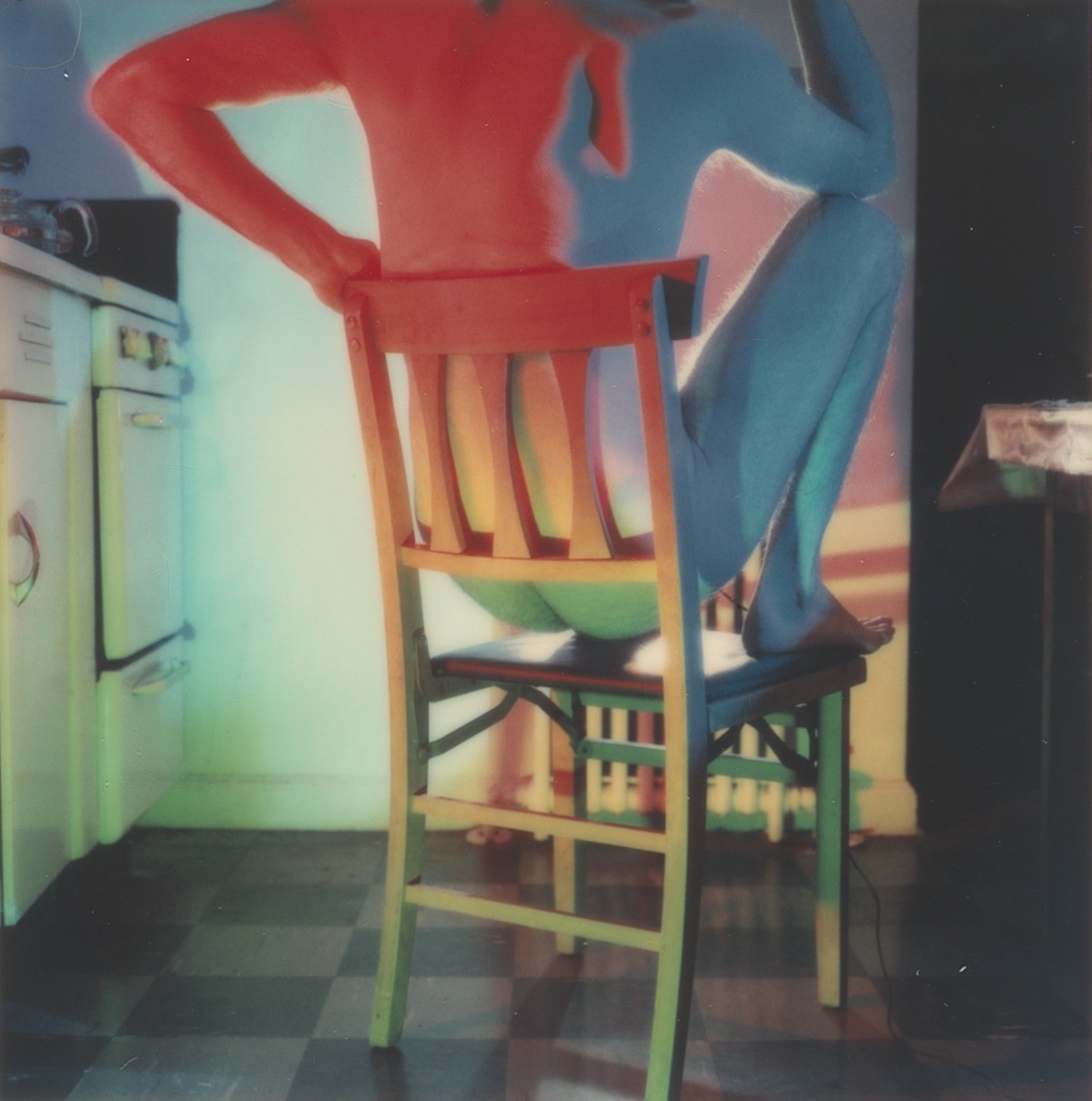
Πηγή Εικόνας: moma.org
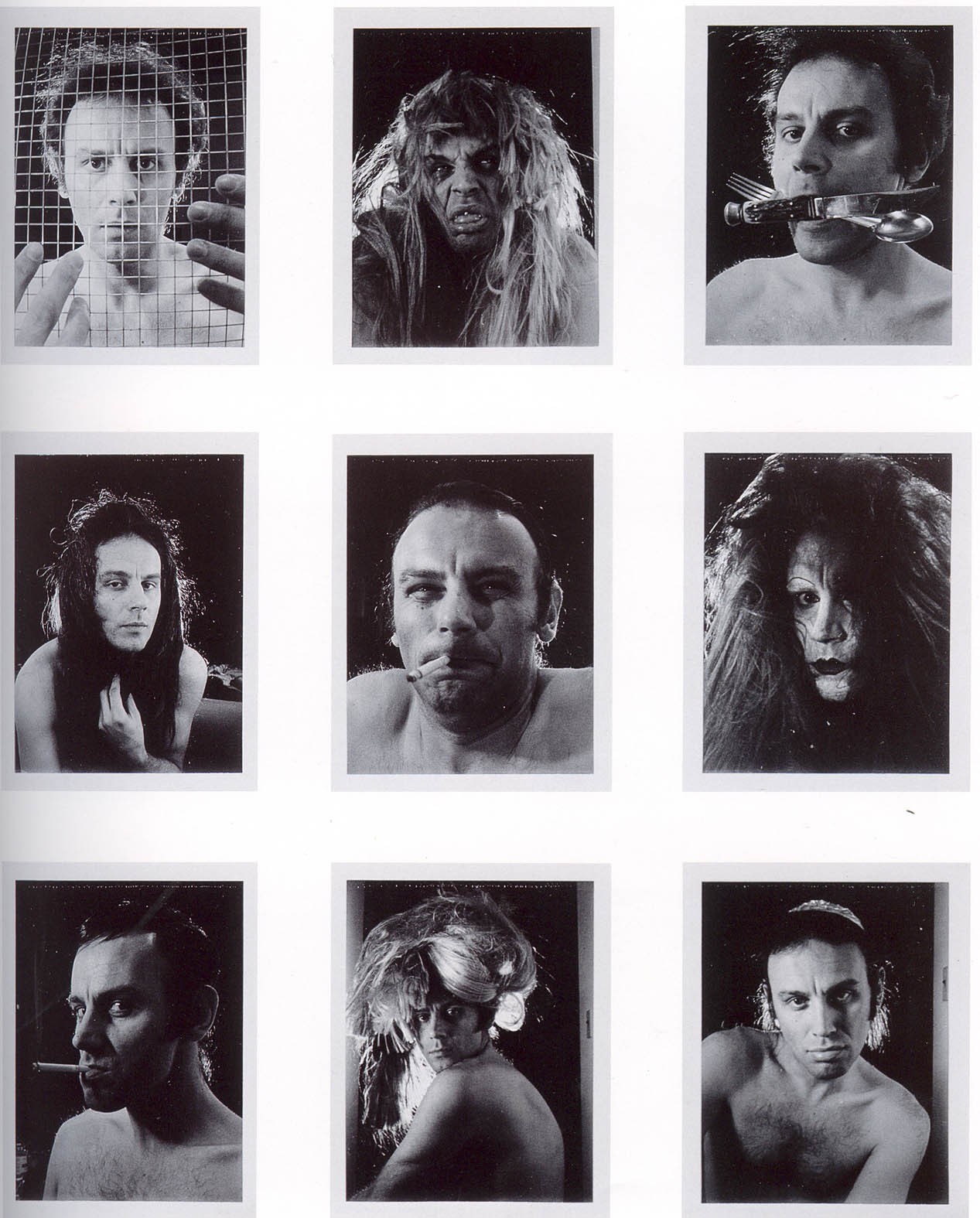




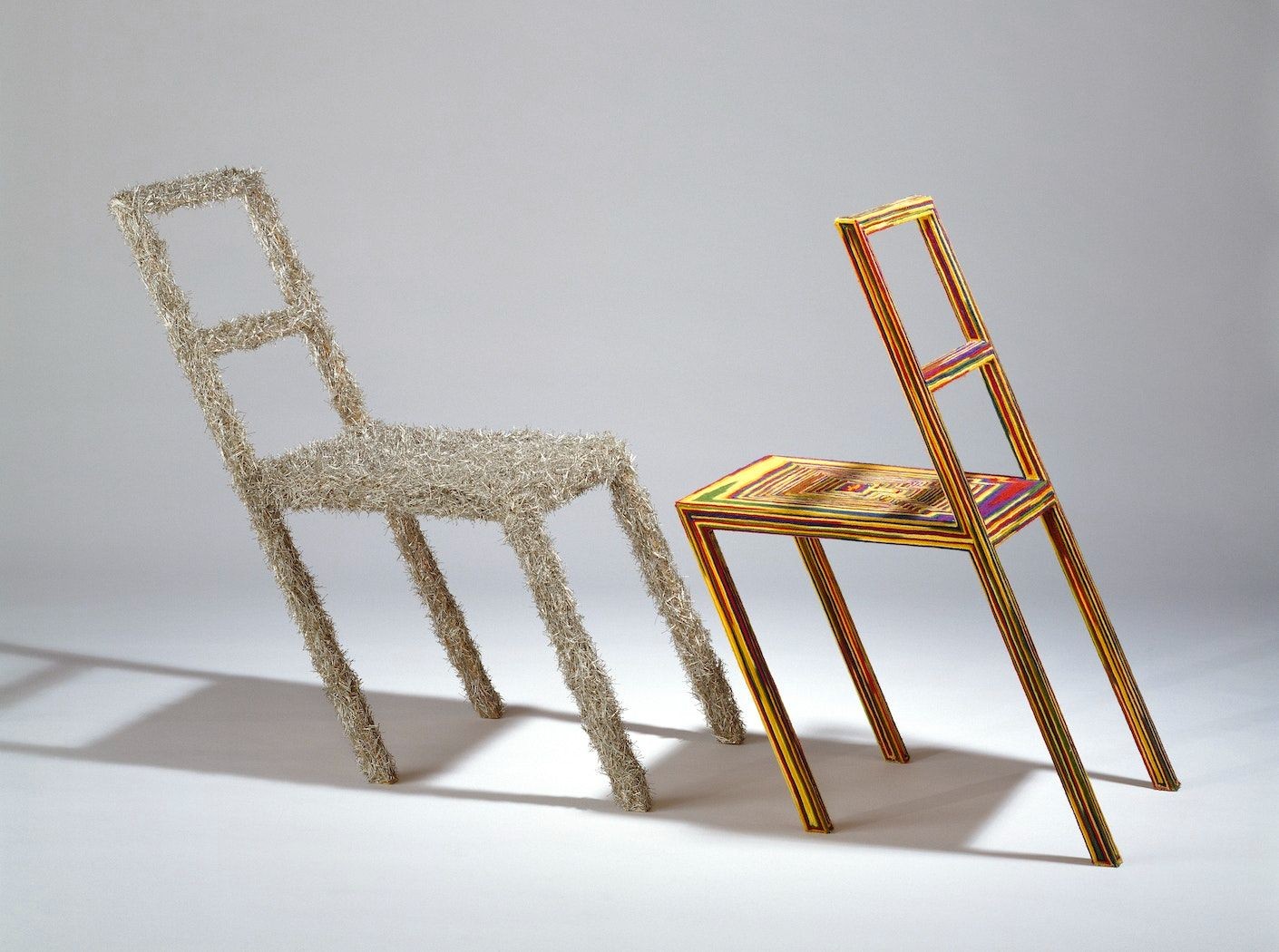
.jpeg)
.jpg)
